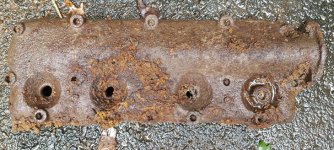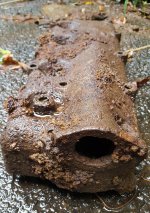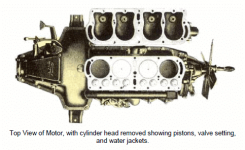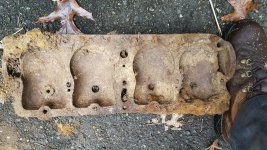HI-McDunnogh
Full Member
I dug this massive cast iron something-another about 8-10" deep near a 19th Century home site that I routinely find 1840's-early 1900s iron. This looks more modern, but it was down deep and under roots, so I don't know.
Looks like it might be a die/cast of some sort or something machined? My size 12 is in there for reference.
Any help is appreciated!
Looks like it might be a die/cast of some sort or something machined? My size 12 is in there for reference.
Any help is appreciated!


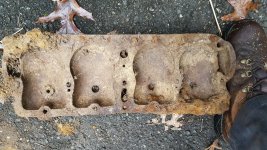
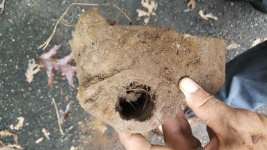
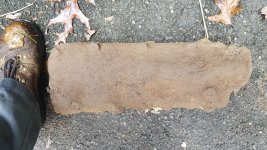

 The last pic shows the water port. The holes in the center of each chamber(?) are where the spark plugs go.
The last pic shows the water port. The holes in the center of each chamber(?) are where the spark plugs go.